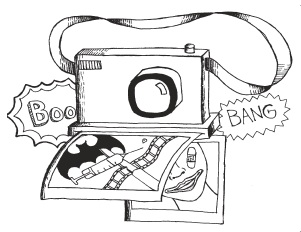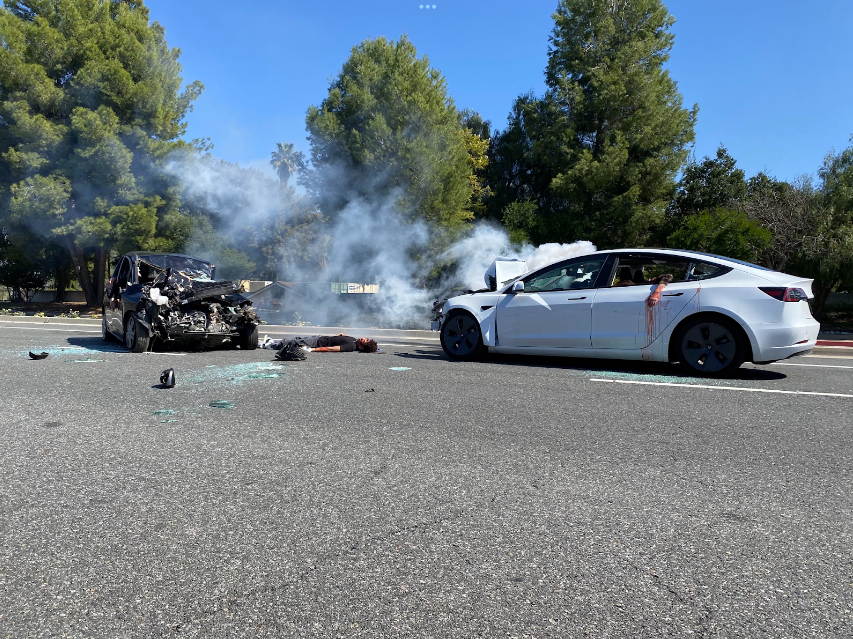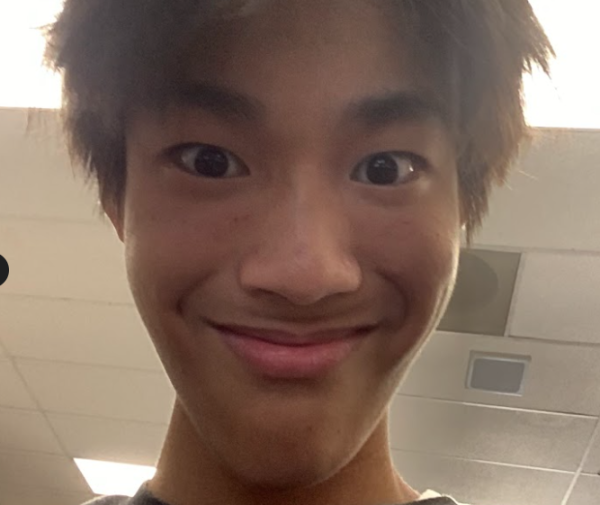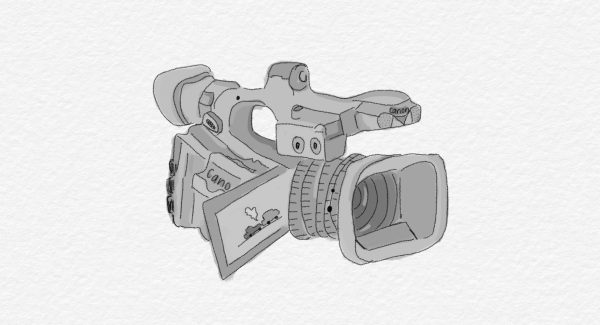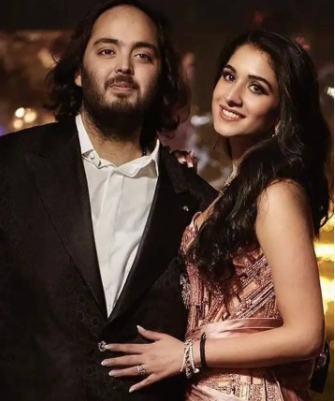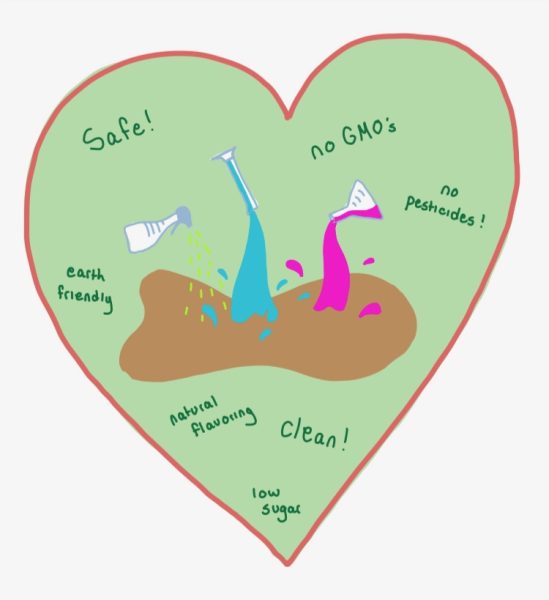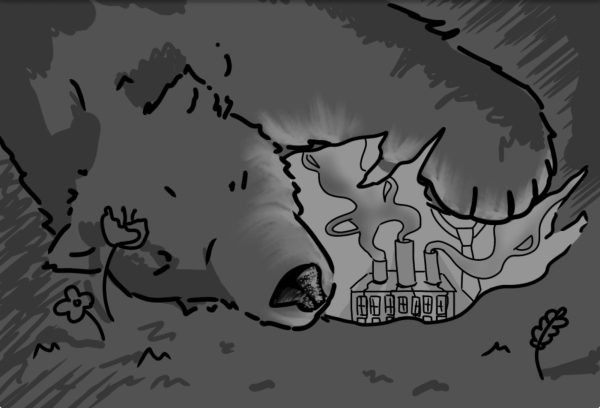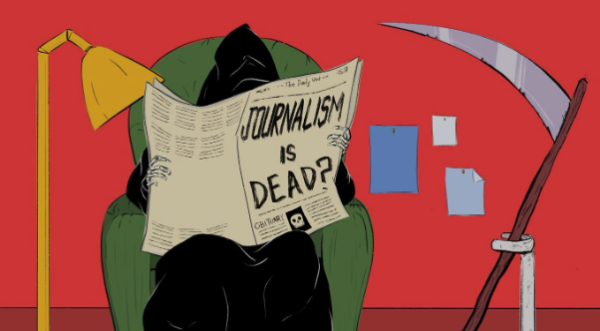Sensationalized Media Coverage Sustains America’s Violent Culture
January 7, 2014
When it comes to news greatly affecting citizens of the US, it is the media’s responsibility to keep the citizens informed. Unfortunately, mass shootings are a theme that the country has become all too familiar with. It is important that the residents be aware and informed of these shootings, but the way in which the media has gone about covering these stories is flawed. The media needs to find a safer and more effective manner of confronting these events.
Since the Virginia Tech massacre in 2007, the US has experienced multiple mass shootings. According to NBC, nearly two mass shootings occur per month since 2009. When these horrific events occur, many people wonder what would motivate a person to carry out such terrible crimes. After the Aurora Theatre shooting in Colorado, the face of James Eagan Holmes could be seen on the cover of many newspapers, such as The Sun and The Times,with the words “I’m the Joker!” Holmes shouted those words before shooting 82 people during the midnight screening of “The Dark Knight Rises.” Many people recognize those words from the tragedy, since they were plastered on television screens and the front of newspapers. With the excessive amount of attention that the media puts on these killers, criminals are being rewarded with attention and fame.
Dr. Park Dietz, forensic psychiatrist who testified in such cases as the Unabomber, says that after intense saturation coverage of a mass murder, one or two more are expected to occur within the week. Dietz also believes that media coverage of mass shootings leads to a copycat epidemic, pushing potential shooters closer to action. Mass shootings usually occur in clusters, with multiple shootings or threats of shootings following coverage of a large shooting. For example, in the 50 days after the Columbine shooting occurred there were 354 threats of shootings in other Pennsylvania schools. The probability of someone committing a shooting themselves after watching coverage of a mass shooting is dependent on the way the media covers that shooting. The American Psychological Association suggests that by not showing the killer’s face or incessantly repeating his name viewers of these stories are less likely to commit a shooting themselves. By not putting the spotlight on the shooters, the media can help prevent future shootings.
In many mass shooting cases, the shooter is found to have one or multiple types of mental illnesses. A study by the John Hopkins University confirms that coverage of mass shootings contribute to negative attitudes from the public towards those with mental health issues. The study involved a national online sample of 1,797 adults in the US and randomly assigned them to four groups. The study found that stories describing a mass shooting perpetrated by a person with mental illness heightened negative attitudes toward persons with serious mental illness. Instead of trying to care for and give better treatment to the 57.7 million people in the US suffering from mental illnesses, the media makes Americans view them as potential shooters, preventing mental health reform from being a priority. By putting less focus on the attacker when covering a mass shooting, people can look at mental illness as a problem that needs a solution instead of hiding from those who struggle with these disorders.
Mass shootings are an important issue, with nearly 24 mass shootings occurring per year in the US. This number cannot continue to rise. Changing the way in which the media covers these stories will not stop every potential shooter from pointing their guns at innocent people, but it will put an end to encouraging these shootings, and bring the annual mass shooting rate to a decrease. When all information that the public is exposed to comes from media sources, coverage of these stories needs to be done responsibly and effectively, especially when the lives of Americans are at stake.





